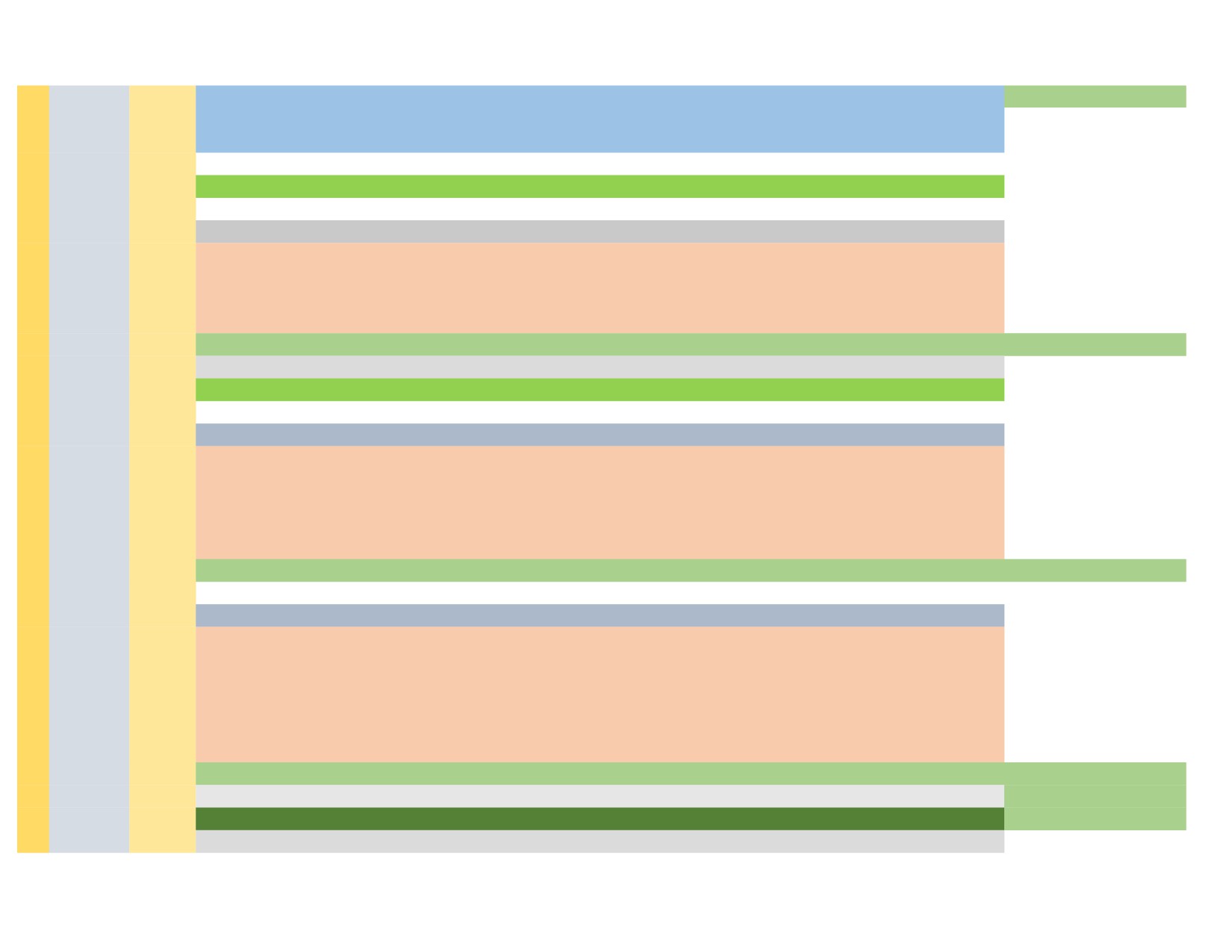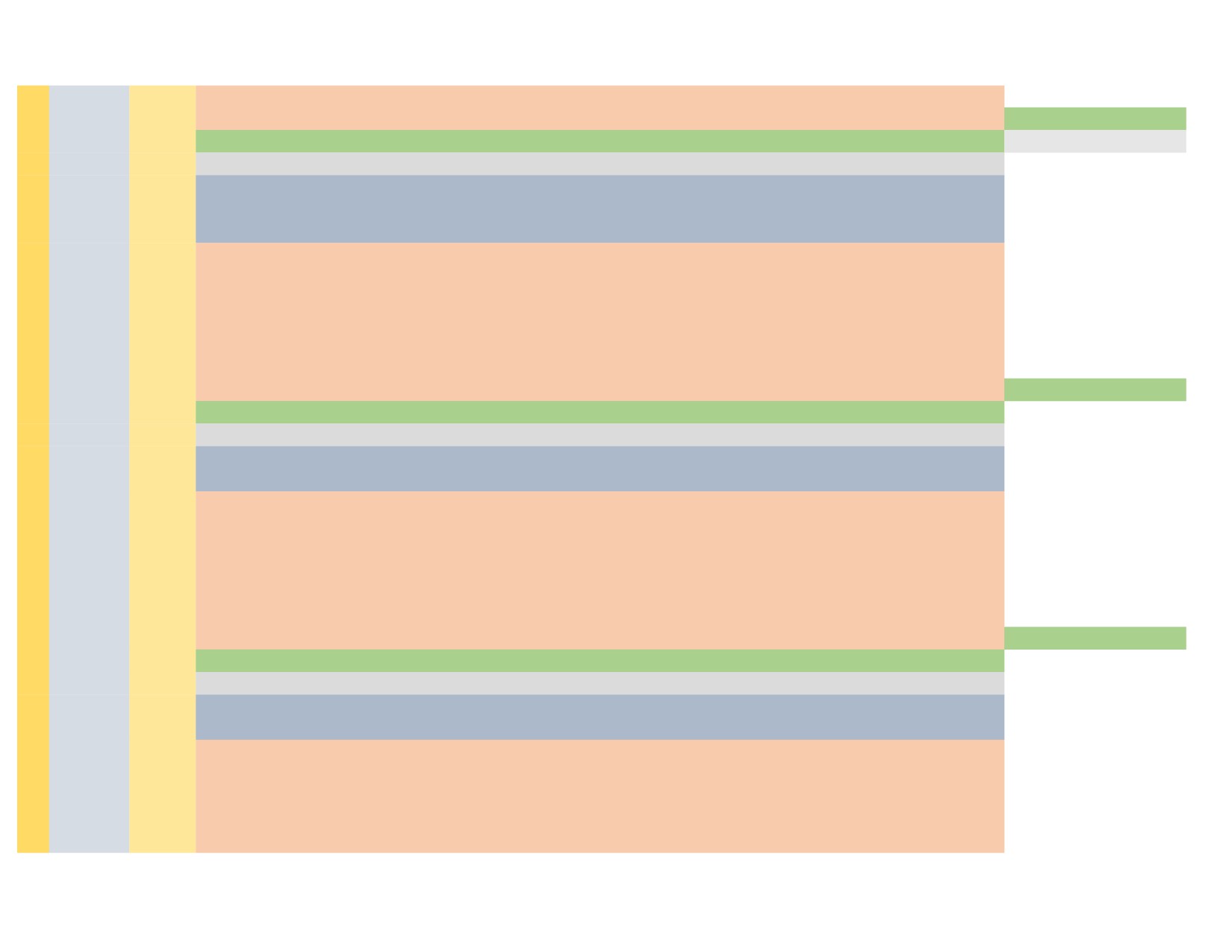CBME CURRICULUM AMCH
TEACHING METHODOLGY
ENT PLAN PHASE 2 SLO LESSON PLAN
TOP LEC NO
COMP NOTITLES: TOPIC, COMPETENCY WITH SLO AND LESSON
ANATOMY AND PHYSIOLOGY OF ENT AND HEAD AND NECK
1
1
EN1.1
Describe the anatomy and physiology of ear, nose , throat head and neck
SLO: Describe the anatomy of external middle and labryinth
Describe the anatomy of naso,oro,hypophayrnx
Draw the diagram and label the parts of supraglottis, glottis, subglottis
Describe the principles of olfaction , hearing ,speech mechanism
ANATOMY OF ENT AND HEAD AND NECK
LECTURE
CLINICAL SKILLS
2
4
EN2.2
Demonstrate the correct use of a headlamp in the examination of the ear, nose and throat
SLO: Idenitfy Bull's eye lamp and head mirror
Interpret different types of illumination in ENT
Record the focal lenth of Bull's eye lamp and head mirror.
Perform independently about the seating of the patient and holding of children for ENT examination.
EXAMINATION WITH HEAD LAMP
LECTURE
3
9
EN2.7
Demonstrate the correct technique of examination of neck including elicitation of laryngeal crepitus
SLO: Perform independently to stand behind the patient and observe levels of lymph nodes.
Perform under supervision about laryngeal crepitus horizontally.
Identify contour of the neck.
Perform indepedently various swellings of neck at anterior and posterior triangles.
Identify various triangle of neck
Document various findings of neck swelling
EXAMINATION OF NECK
DOAP
DIAGNOSTIC AND THERAPEUTIC PROCEDURES IN ENT
Observe and describe the indications for and steps involved in the removal of foreign bodies from ear, nose &
4
21 EN3.4
throat
SLO: Describe the importance of emergencies in foreign body removal.
Describe the uses of syringing, instruments in foreign body removal .
Describe how to hold the children during foreign body removal.
Choose the correct method of anesthesia in children, adult during foreign body removal .
Describe the nature of foreign body and level of foreign body at aerodigestive tract and endoscopic removal.
Enumerate the list of vegetative, non vegetative , animate foreign bodies in ENT.
REMOVAL OF FOREIGN BODY IN ENT
LECTURE
Observe and describe the indications for and steps involved in the skills of emergency procedures in ear, nose &
5
23 EN3.6
throat
SLO: Describe hypertensive epistaxis and signs to control the bleeding.
Describe the signs of stridor( intercoastal narrowing)
Describe cricothyroidotomy and indications.
Describe various endotracheal tubes and methods of intubation with Macintosh laryngoscope.
Describe the methods of controlling acute epistaxis.
Describe the indication of angioneurotic edema and subglottic odema with medical uses of steroid therapy.
EMERGENCY PROCEDURES IN ENT
DOAP
MANAGEMENT OF DISEASES IN ENT
Elicit document and present a correct history demonstrate and describe the clinical features, choose the correct
6
30 EN4.7
investigations and describe the principles of management of CSOM
SLO: Elicit the correct ear discharge details of tubotympanic disease.
Differentiate the tubotympanic disease from attico antral disease.
Describe aetiology to tubotympanic disease
Enumerate otological findings of tympanic membrane and draw the picture.
Assessment of hearing in tubotympanic CSOM.
Choose the basic investigation for safe CSOM.
Enumerate various types of tympanoplasties and graft material for various types of tympanoplasties.
Describe various indications of tympanoplasties.
Enumerate complications and contraindications of tympanoplasties.
CSOM
LECTURE
Elicit document and present a correct history, demonstrate and describe the clinical features, choose the correct
7
31 EN4.8 investigations and describe the principles of management of squamosal type of CSOM
SLO: Elicit correct history of unsafe ear discharge.
Describe otoscopic examination for cholesteotoma patients.
Describe hearing loss in squamous cell type of CSOM.
Classify different types of Cholesteotoma.
Differentiate unsafe ear from safe ear.
Discuss CT Temporal bone in squamous cell type of CSOM.
Describe various surgical treatment of squamous cell type of CSOM .
CSOM SQUAMOUS TYPE
LECTURE
8
39 EN4.16 Observe and describe the indications for and steps involved in the performance of pure tone audiometry
SLO: Identify Pure tone Audiometer and its parts.
Perform under supervision about counselling the patient.
Demonstrate application of air and bone receiver.
Demonstrate the threshold of hearing for each frequency.
Demonstrate drawing of air and bone curves with international codes.
Demonstrate masking.
Perform independently and document of audiogram.
PURE TONE AUDIOMETRY
DOAP
Elicit document and present a correct history demonstrate and describe the clinical features, choose the correct
9
56 EN4.33 investigations and describe the principles of management of actue and chronic sinusitis
SLO: Define Osteomeatal complex.
Describe Osteomeatal complex.
Describe postural test, transillumination test.
Elicit paranasal sinus tenderness of acute and chronic sinusitis.
Elicit signs of sinusitis at middle meatus.
Choose the CT PNS , X-Ray water's view, Nasal swab culture and sensitivity for acute and chronic sinusitis.
Describe medical management of acute sinusitis.
Describe complications of acute and chronic sinusitis
Describe conservative and radical surgery for individual chronic sinusitis cases.
Describe principles of FESS and its indications, procedure, complications, contraindications.
ACUTE AND CHRONIC SINUSITIS
LECTURE
10
74 EN4.51 Observe and describe the care of the patient with a tracheostomy
SLO: Describe post operative aphonia in post tracheostomy patient.
Demonstrate inner tube cleaning and reinsertion in Fuller's tube.
Demonstrate intermittent suction through the tracheostomy.
Demonstrate assesment of airway patency through tracheostomy tube.
Demonstrate humidification technique in post tracheostomy patients.
Demonstrate nursing care with calling bell or magic slate in post tracheostomy patients.
Demonstrate dressing and wound care around tracheostome.
Describe decannulation with spigot.
TRACHEOSTOMY CARE
DOAP
DR.SIVAKUMAR
ENT HOD




